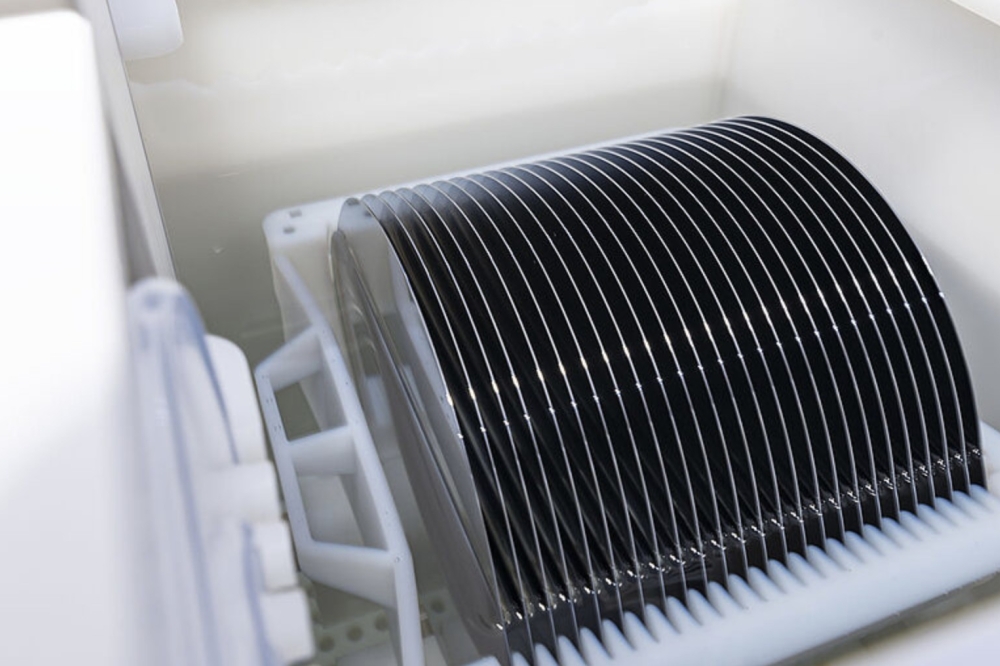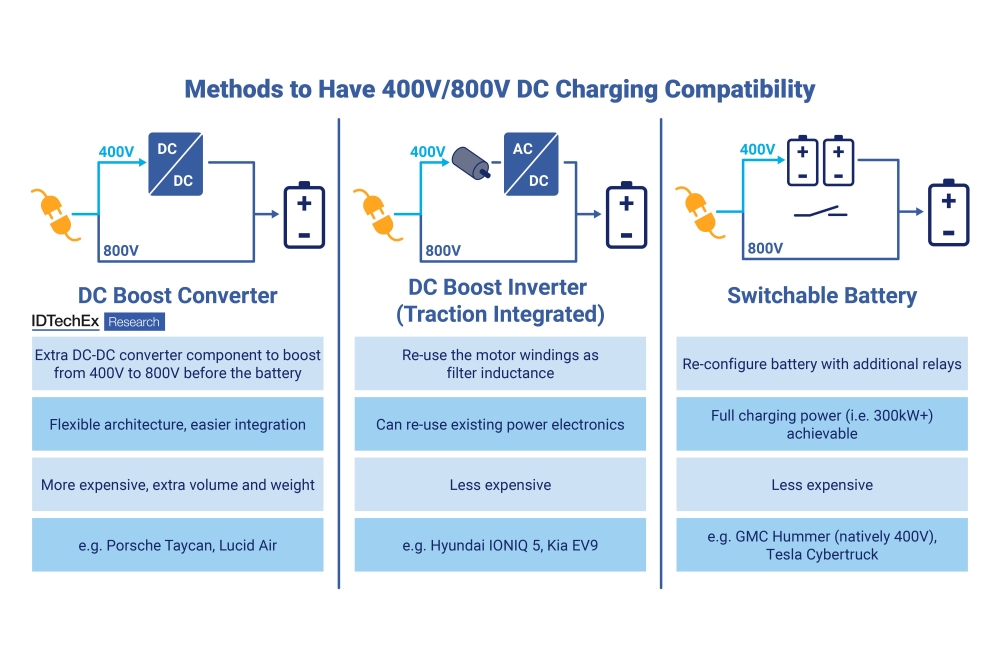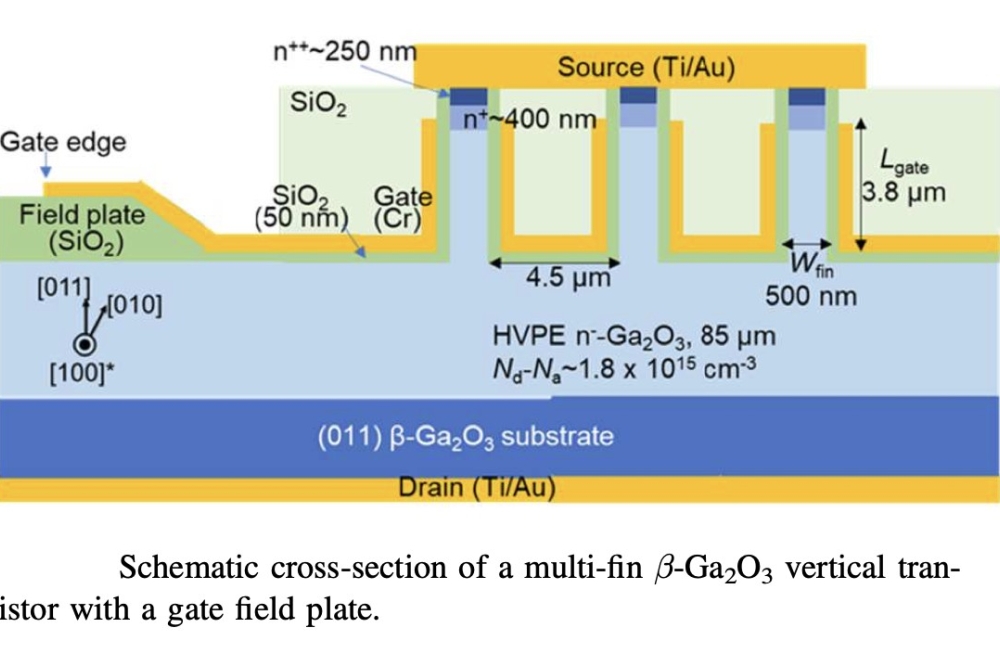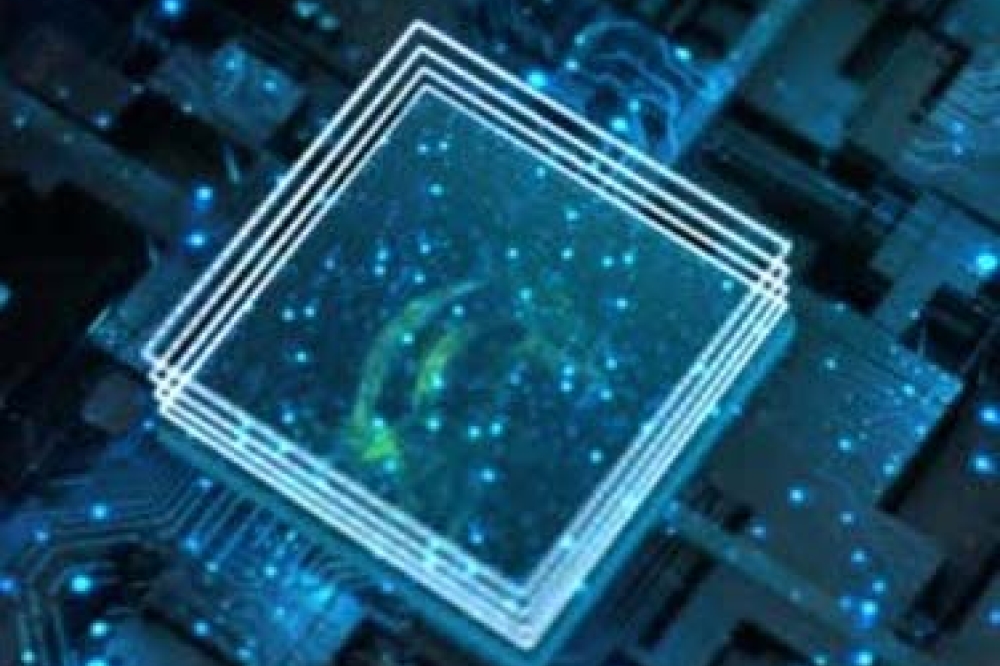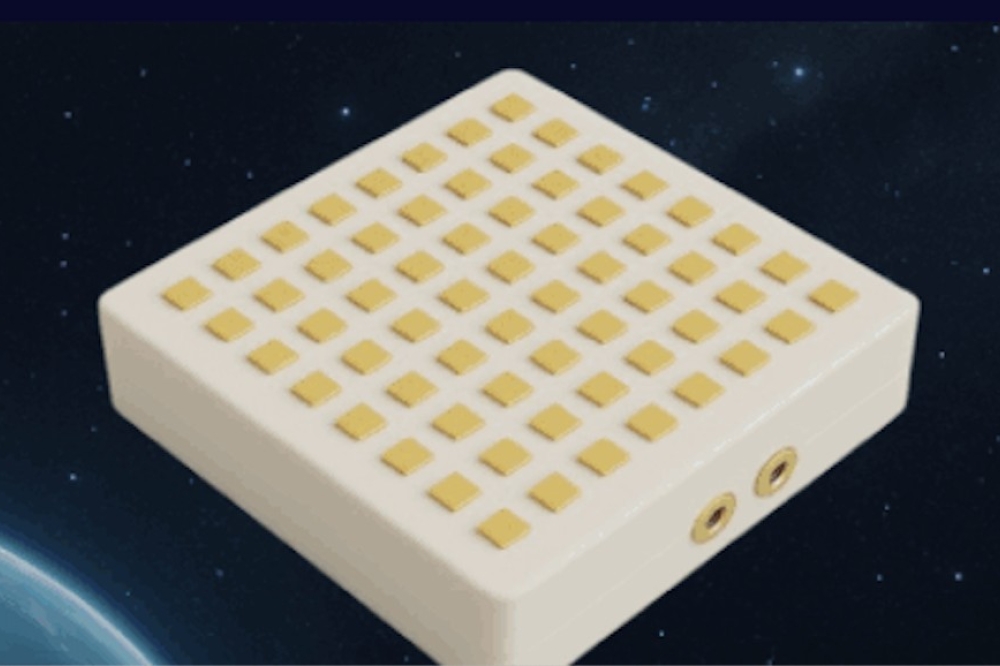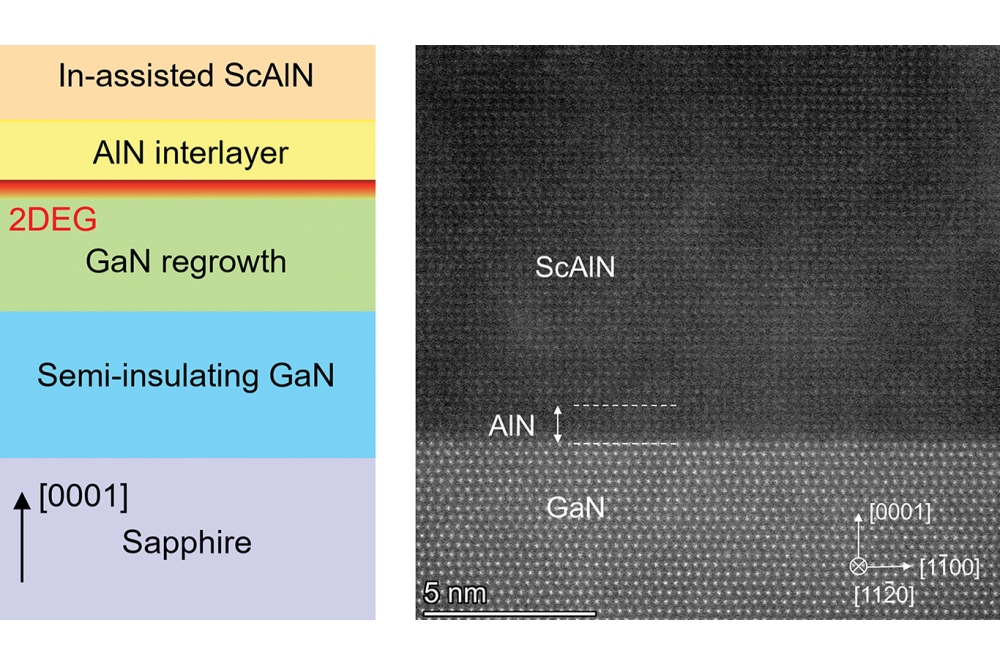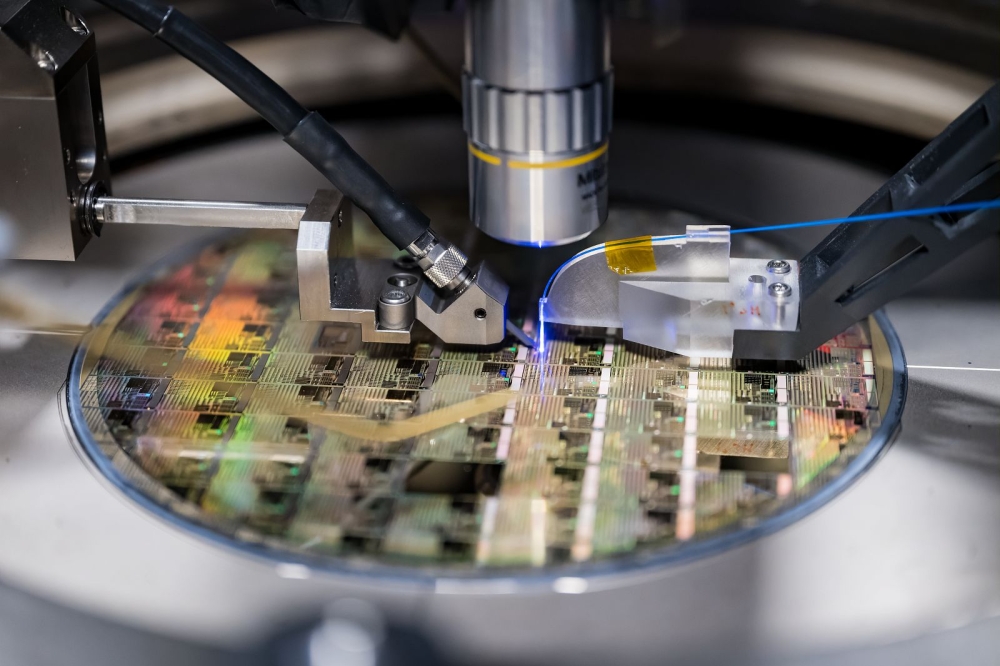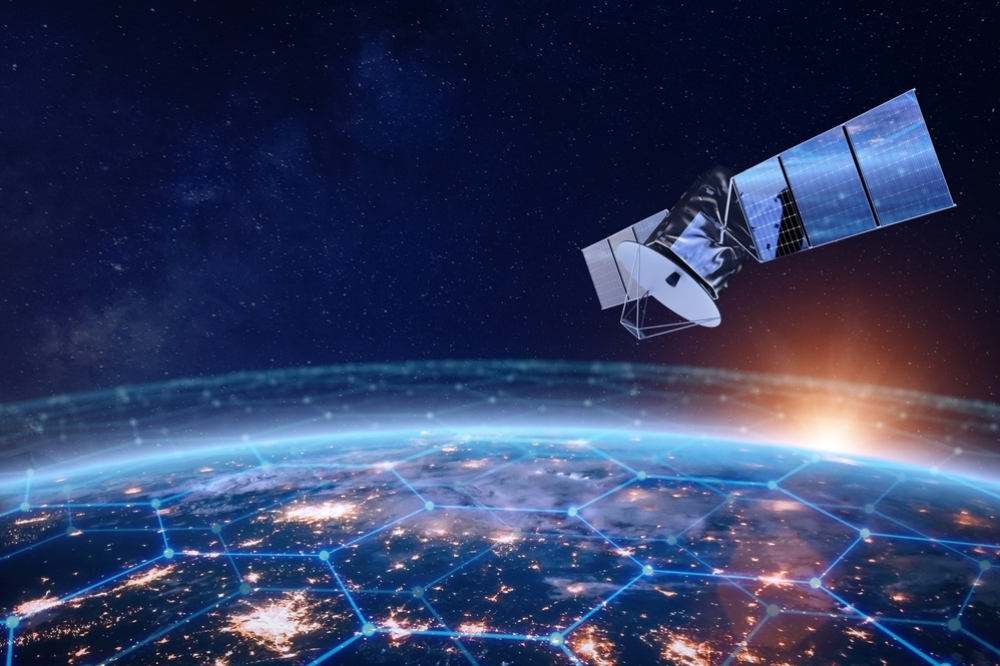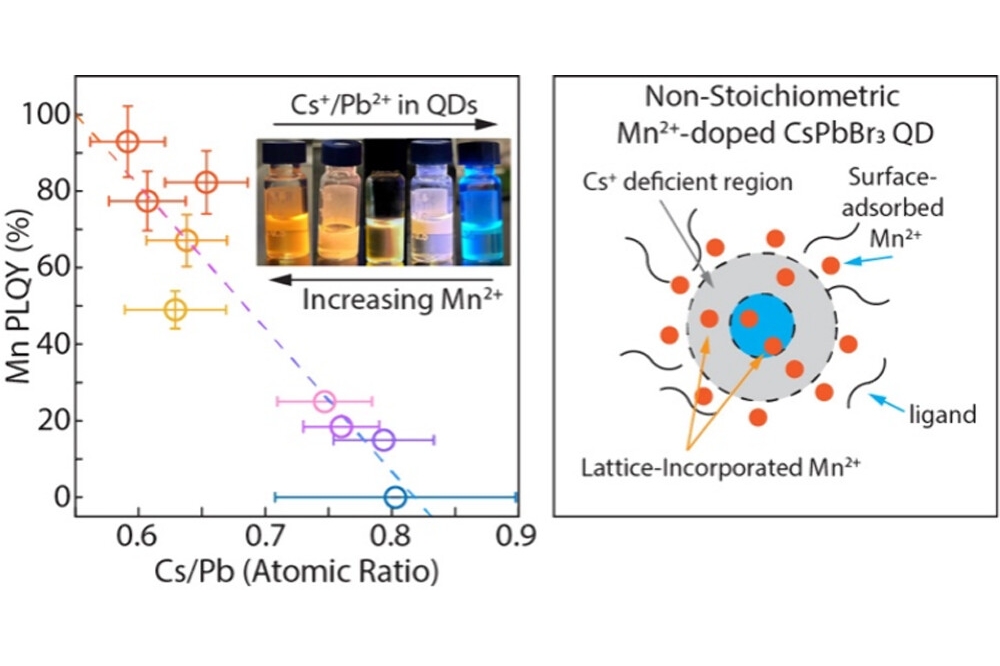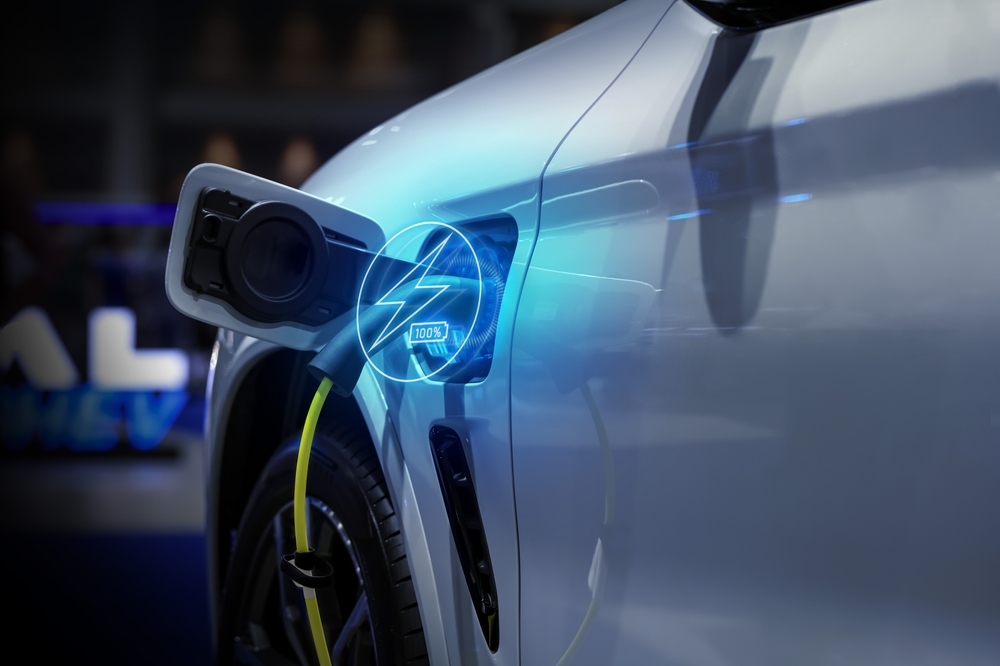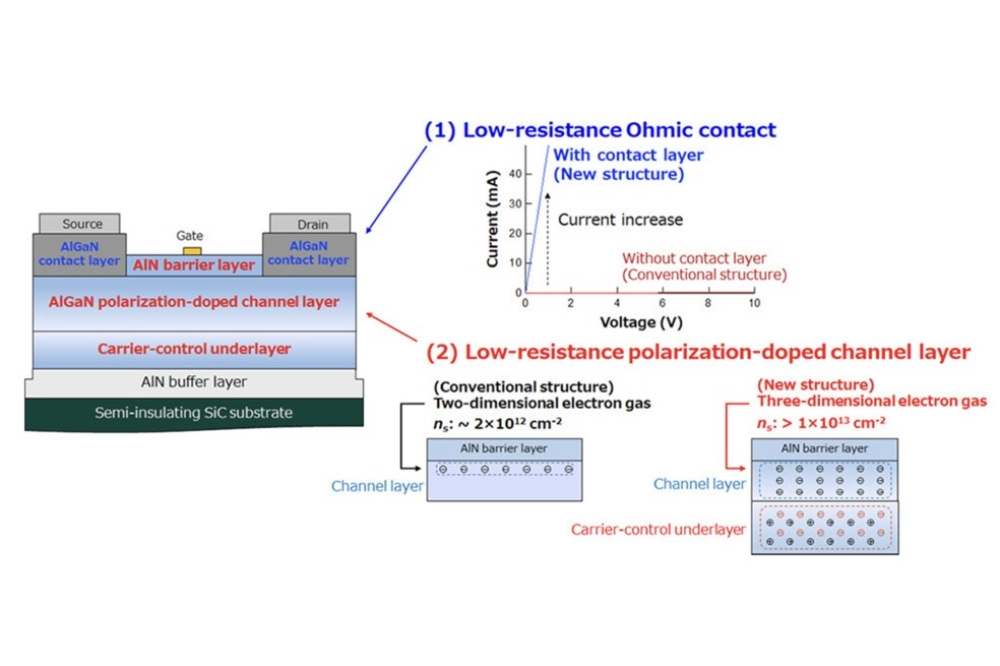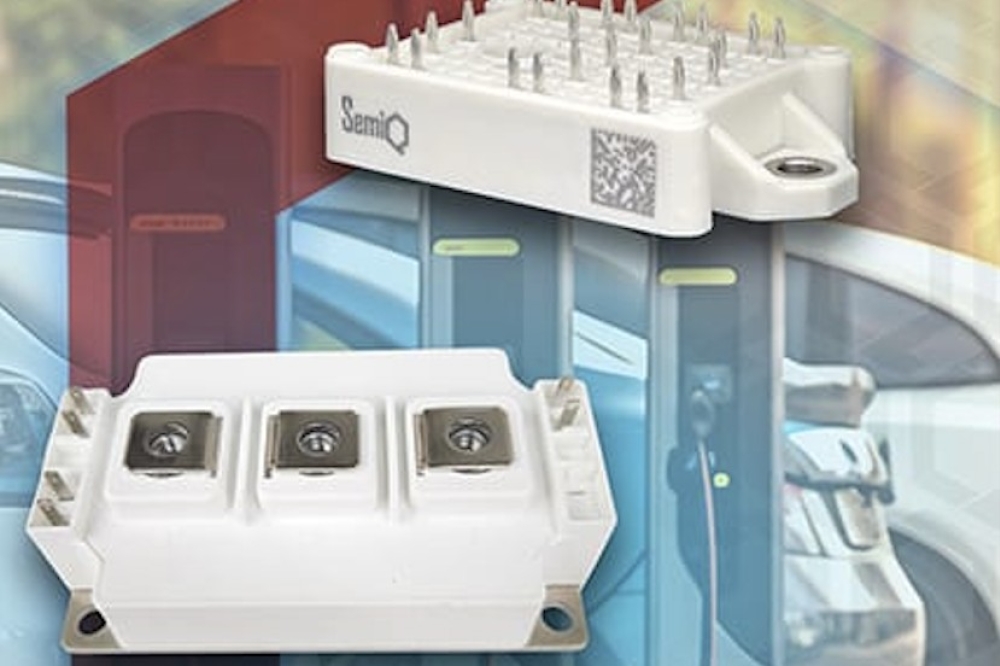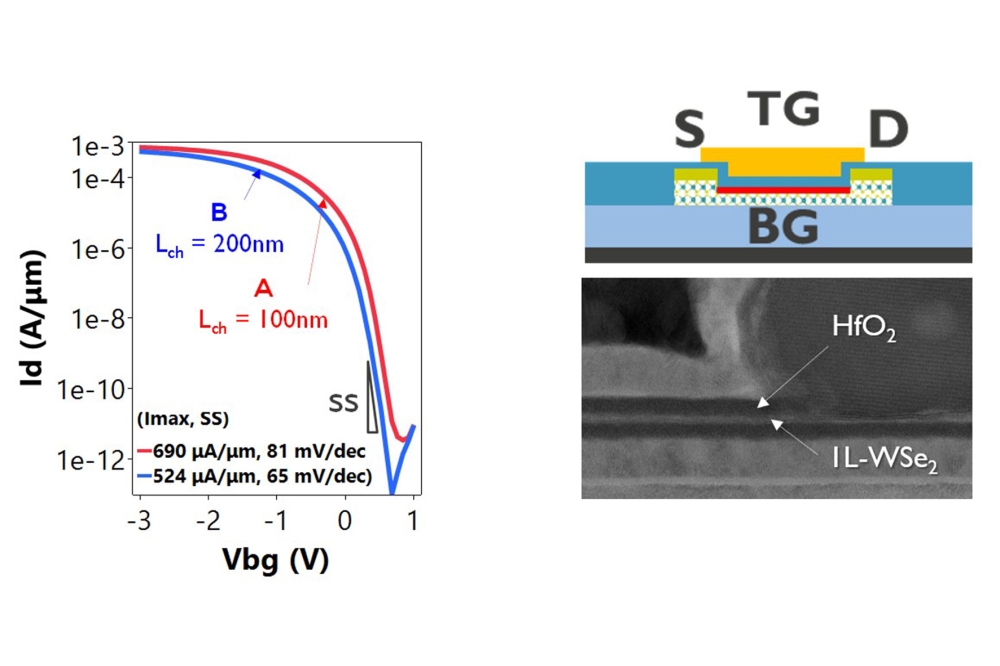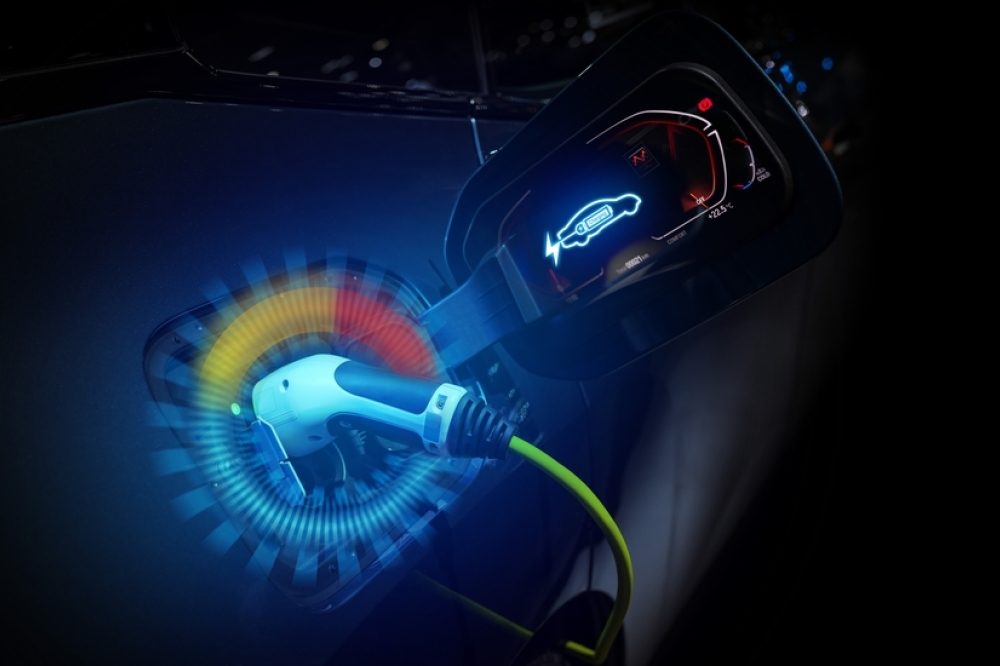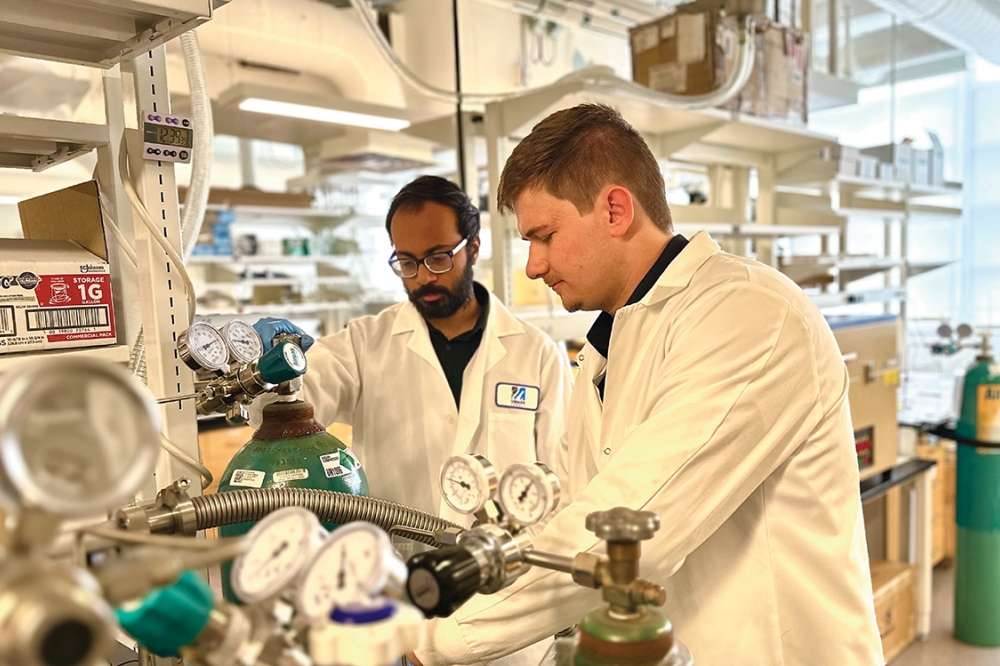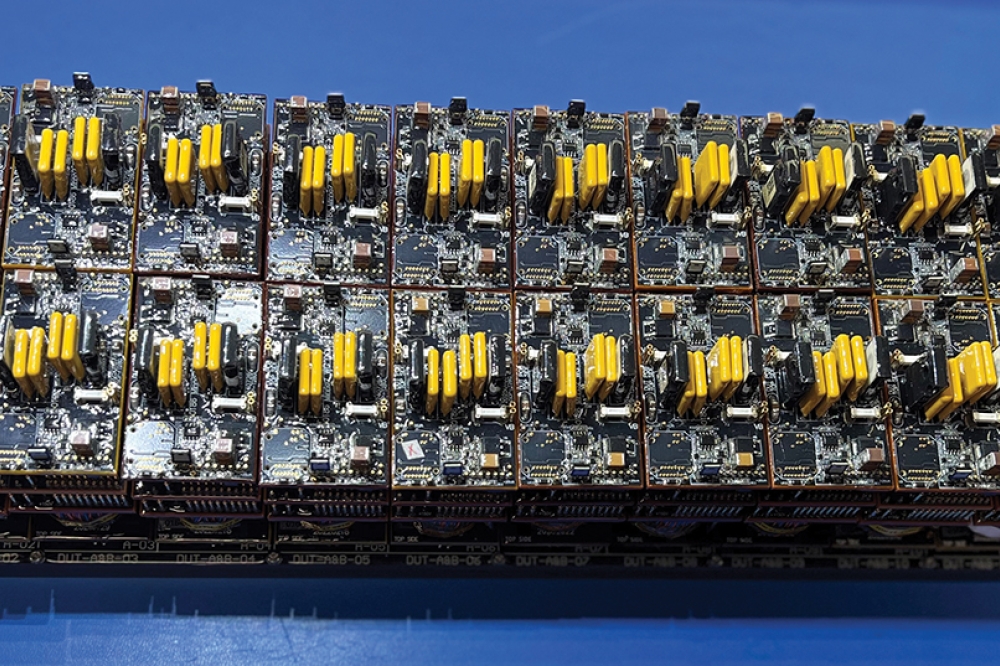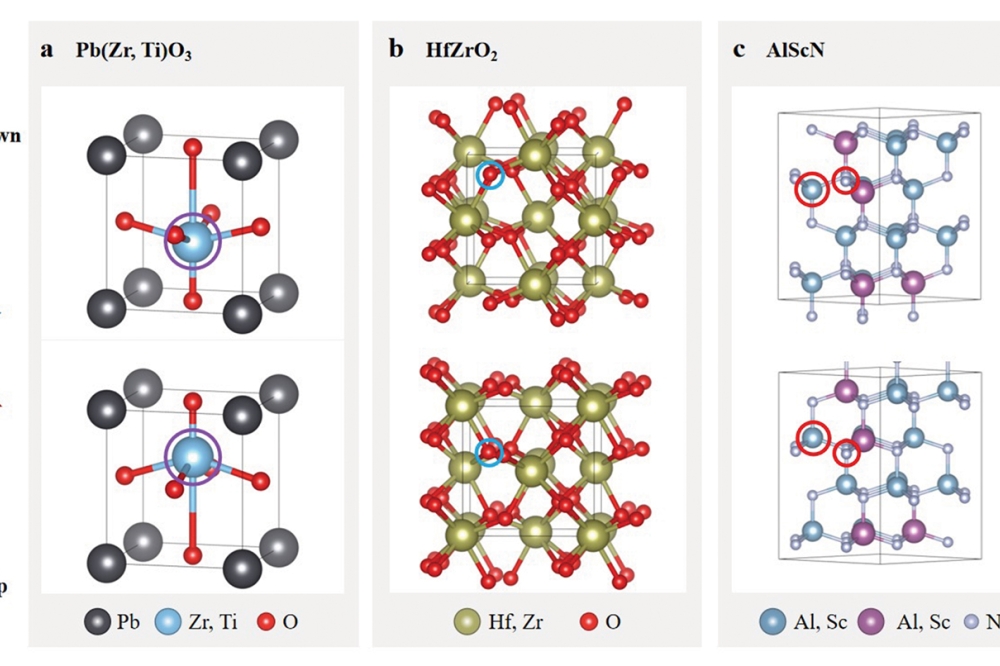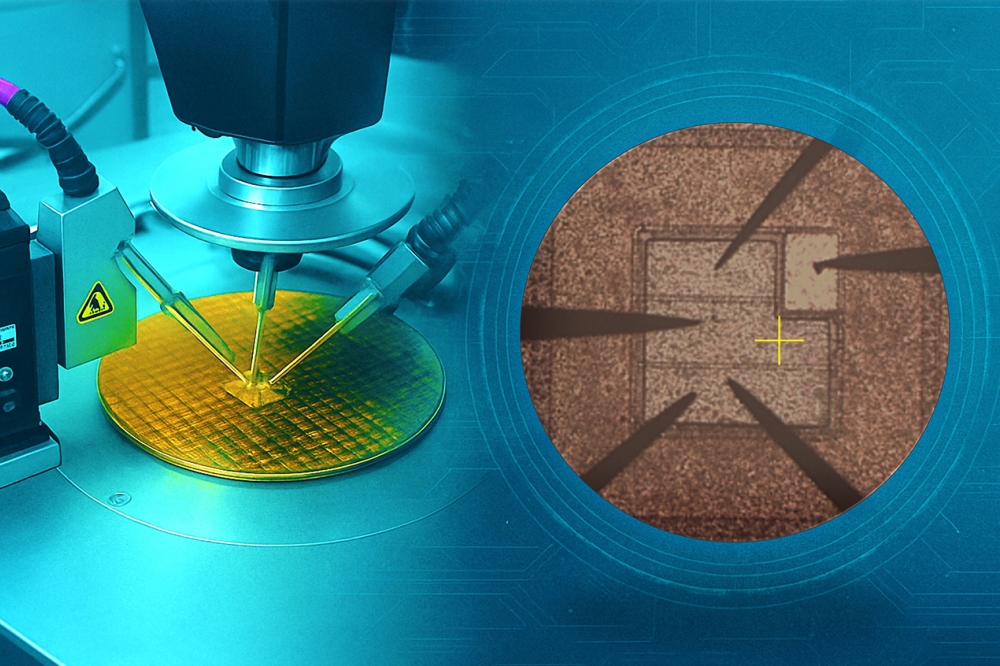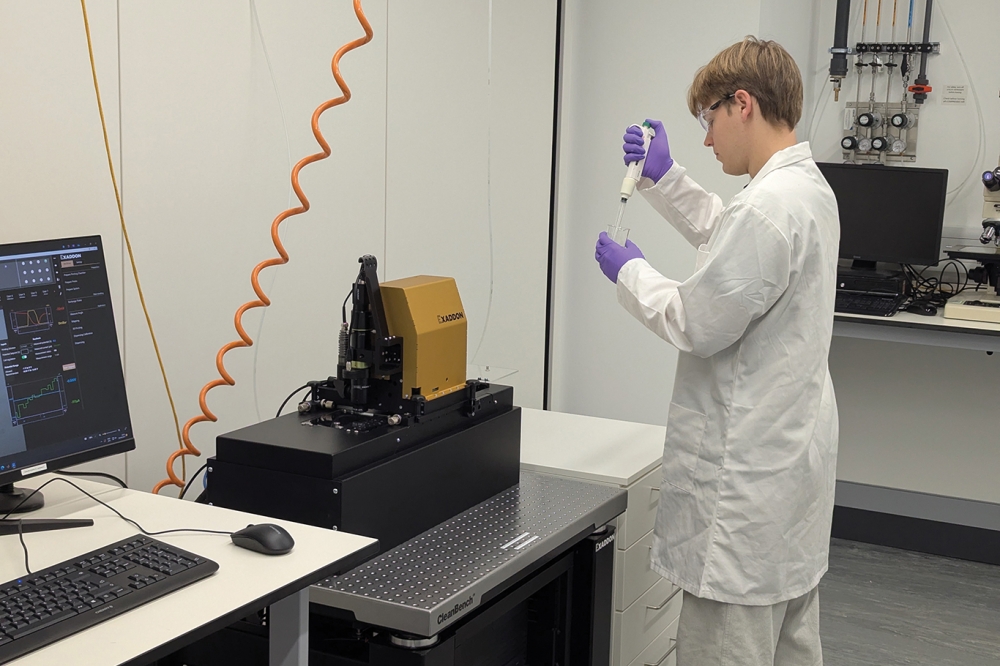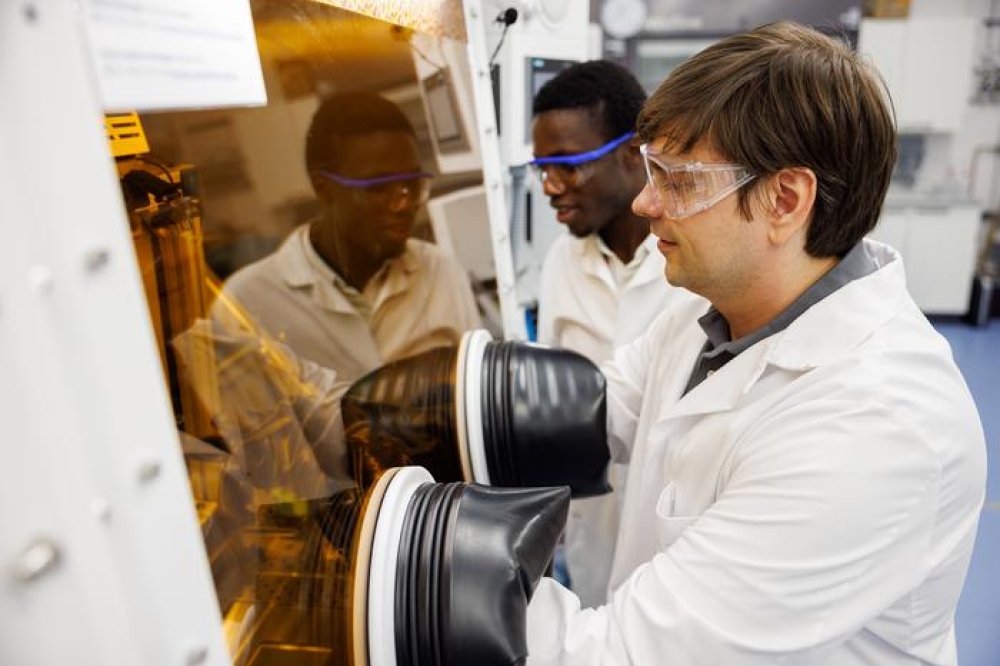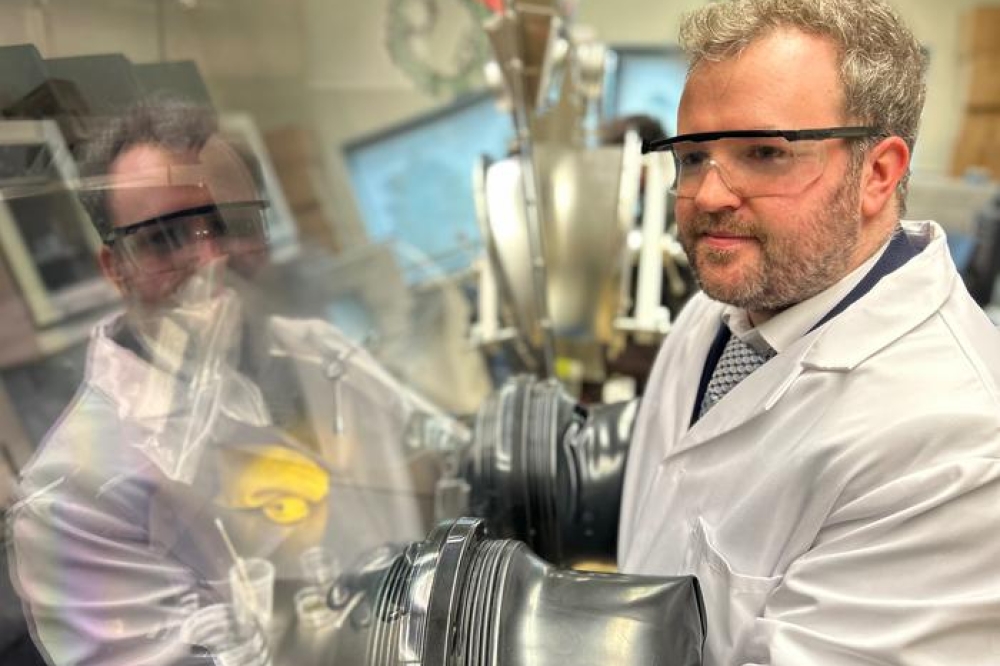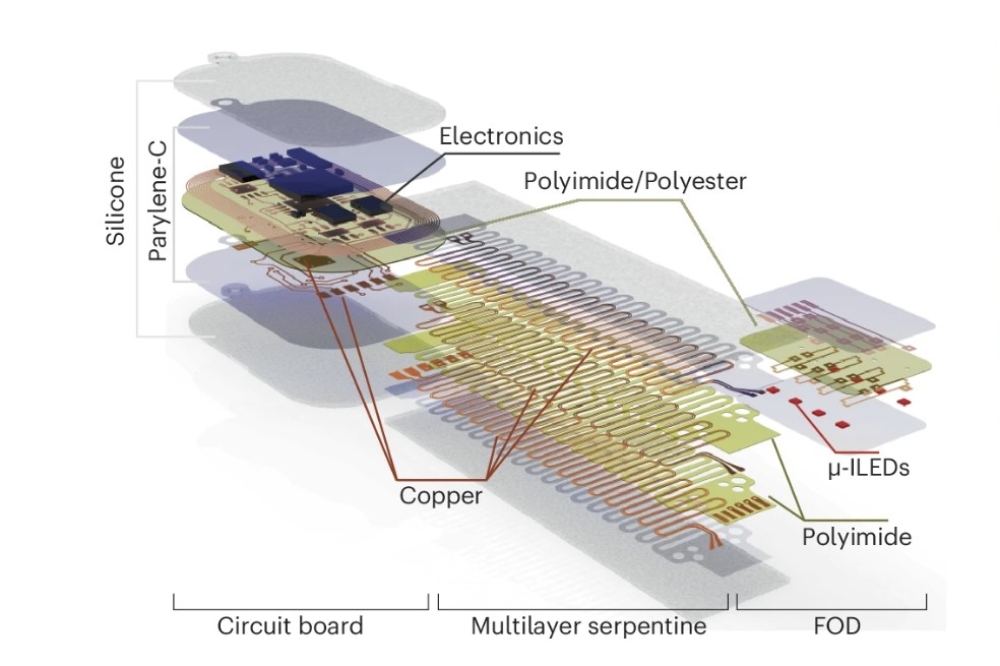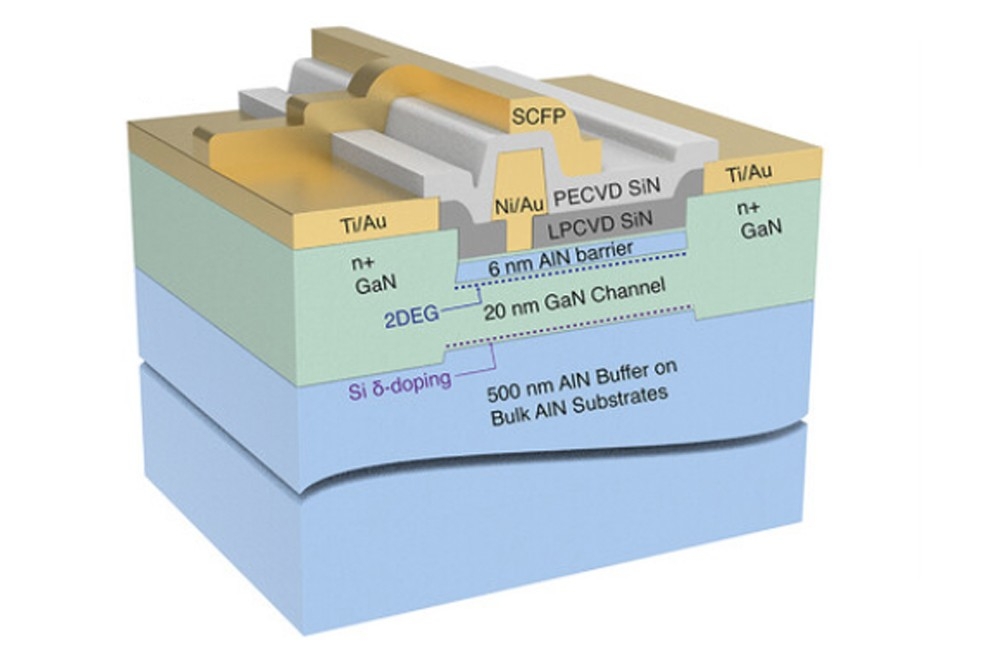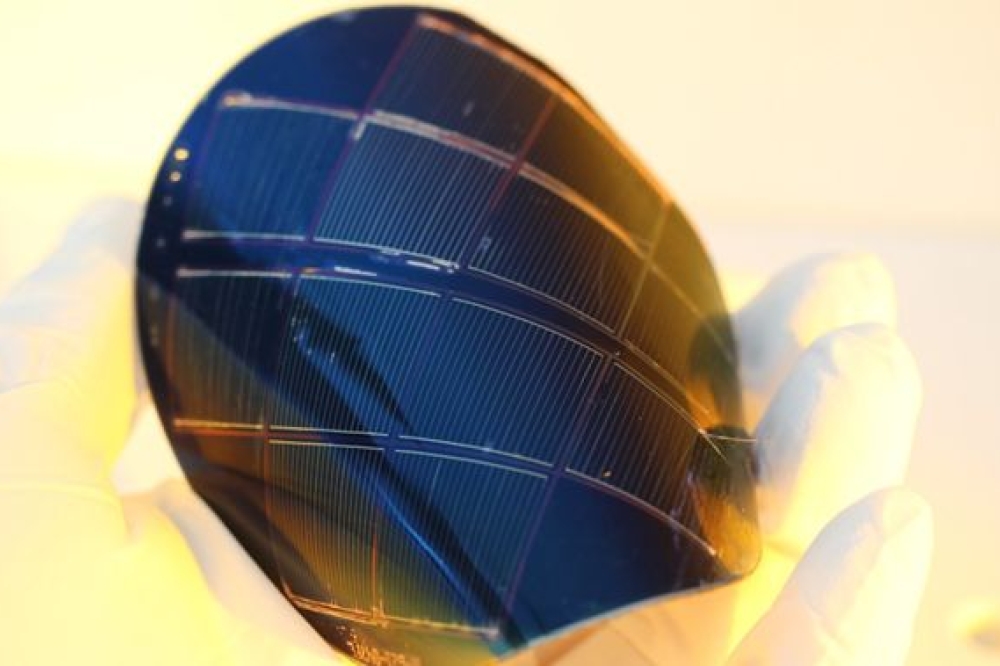Mazda and Rohm collaborate on automotive GaN
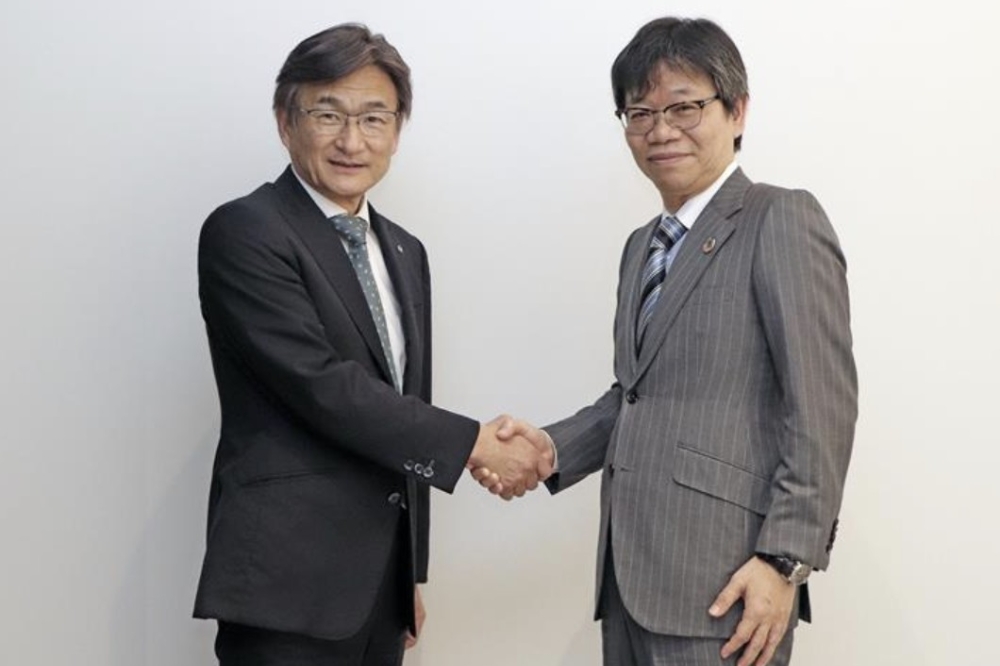
Companies aim to unveil GaN-based demonstration model EV this year
Mazda Motor Corporation and Rohm have begun joint development of automotive components using GaN power semiconductors.
Since 2022, Mazda and Rohm have been developing inverters using SIC power semiconductors together. This new agreement around GaN aims to create innovative devices for next-generation electric vehicles.
The companies say they will collaborate to transform the strengths of GaN, such as miniaturisation of components through high-frequency operation, into a package that considers the entire vehicle, and into solutions that innovate in weight reduction and design.
The aim is materialise the concept and unveil a GaN-based demonstration model EV this year, with practical implementation targeted for 2027.
“As the shift towards electrification accelerates in pursuit of carbon neutrality, we are delighted to collaborate with Rohm, which aims to create a sustainable mobility society with its outstanding semiconductor technology and advanced system solution capabilities, in the development and production of automotive components for electric vehicles” said Ichiro Hirose (pictured left), director, senior managing executive officer and CTO of Mazda.
“We are very pleased to collaborate with Mazda, which pursues the 'joy of driving,' in the development of automotive components for electric vehicles” said Katsumi Azuma (pictured right), member of the board and senior managing executive officer of Rohm.
He added: “Rohm's EcoGaN, capable of high-frequency operation, and the control IC that maximises its performance are key to miniaturisation and energy-saving. To implement this in society, collaboration with a wide range of companies is essential, and we have established various partnerships for the development and mass production of GaN."

